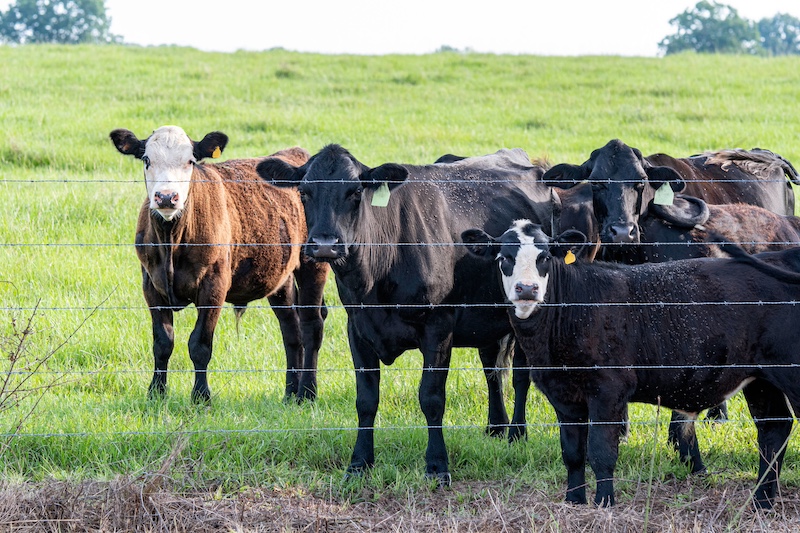- USDA announced new regulations for cattle tagging that requires an electronic (EID) ear tag.
- Sen. Mike Rounds (R-SD) calls proposed RFID mandate a “federal government overreach”
U.S. Sen. Mike Rounds (R-SD) recently introduced legislation to prevent the federal government from implementing a rule requiring the use of electronic identification tags on cattle and bison.
The United States Department of Agriculture‘s (USDA’s) Animal and Plant Health Inspection Service (APHIS) announced new regulations for cattle tagging that requires an electronic (EID) ear tag. Currently, the only approved electronically readable official ID tags are RFID tags.
USDA issued the final rule to go into effect 180 days after publication in the Federal Register. The department said the rule would put in place “the technology, tools, and processes to help quickly pinpoint and respond to costly foreign animal diseases.”
Sen. Rounds Objections
But Rounds countered that South Dakota cattle producers don’t need “DC bureaucrats” telling them how to manage and track their livestock.
“USDA’s proposed RFID mandate is federal government overreach, plain and simple,” he said. “I’m…introducing this legislation to block the Secretary of Agriculture from mandating the use of electronic tags in cattle and bison herds. If farmers and ranchers want to use electronic tags, they can do so voluntarily.”
The rule results from goals the USDA established years ago to increase traceability of cattle to protect against livestock disease outbreaks. According to agency officials, it is committed to implementing a modern traceability system that will identify and track animals from birth to slaughter.
USDA Tagging History
Traditional animal identification requires users to visually read the printed number on a metal ear tag. Metal tags require manual data entry, increasing the likelihood of transcription errors.
EID ear tags enable faster and more accurate animal identification data collection, USDA officials proclaim. One of the advantages they point to is the ability for veterinarians to gain information more efficiently with less disruption to the animals or the overall herd, and thus less impact on producers and communities.
The pending requirement narrows in on sexually intact cattle and bison that are 18 months of age or older, all dairy cattle, and any cattle or bison used for rodeo or recreation events.
Approved devices for EIDs include 134.2 kHz LF RFID tags compliant with both the 11784 and 11785 ISO standards, or UHF RFID tags. APHIS has provided official ID tags for many years. Beginning in 2020, it provided up to eight million LF RFID button tags each year for state animal health officials for use in monitoring cattle and bison in their states.
Cattlemen Supporting Rounds
Supporters of Rounds legislation include South Dakota Stockgrowers Association, R-CALF USA and U.S. Cattlemen’s Association.
Justin Tupper, President of the U.S. Cattlemen’s Association, said his organization is concerned about the addition of EIDs as an official form of identification for cattle crossing state lines, as noted in the final USDA APHIS rule,”
“Methods for livestock identification must work with, and not impede, the speed of commerce,” said Trupper in a statement released by Rounds’ office. “Technology surrounding EIDs needs to evolve to meet the higher demands that will be required within the rule and Senator Rounds’ legislation provides the industry a means by which to address the current obstacles and ensure a workable solution is available for producers and sale barn owners in moving forward.”
RFID Used by Veterinarians
Where and how RFID cattle tags are read varies based on production practices. Those practices include how producers sell their animals, and how they maintain their records.
In some cases, cattle producers already read RFID tags as part of their own records-management and production practices, or they may choose to do so only for official ID purposes.
Additionally, APHIS reports, veterinarians have been using RFID in some scenarios. Most accredited veterinarians work for private veterinary businesses or private practices, as opposed to the USDA. Some, however, use the collected RFID data to upload and track animal health information that can be managed and accessed by the USDA.


